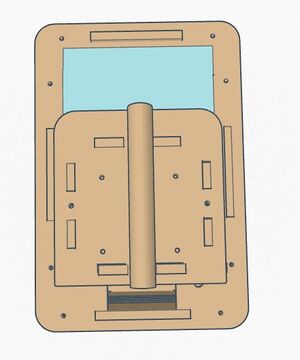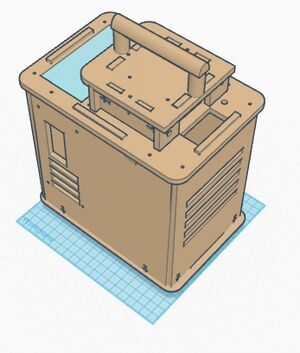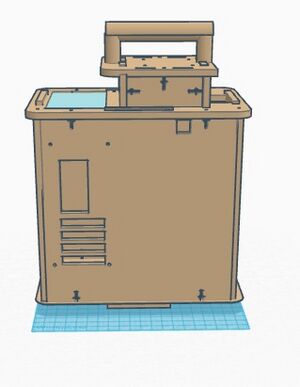BME100 f2015:Group10 8amL6
| Home People Lab Write-Up 1 | Lab Write-Up 2 | Lab Write-Up 3 Lab Write-Up 4 | Lab Write-Up 5 | Lab Write-Up 6 Course Logistics For Instructors Photos Wiki Editing Help | |
|
OUR COMPANY: Star BiomedStar Biomed LAB 6 WRITE-UPBayesian StatisticsOverview of the Original Diagnosis System For the PCR lab, each group was assigned two DNA samples to test for the disease-associated SNP. Since there are seventeen teams, there were a total of 34 patients being tested for this disease. This made the lab easier to manage, and overall made the data easier to interpret for all of the patients. In order to prevent error of diagnosis, three replicate images were taken for each of the patients. To compare these images of known concentrations, calibration standard pictures were taken and evaluated through Image J to compare the RAWINTDEN of the calibrations (known concentrations) to the unknown samples. Based on the final data, Group 1 had successful conclusions for both patients. Group 2 had blank data for both patients. Group 3 had inconclusive data for Patient 32924, and successful data for their other patient. Groups 4, 5, 7, 8, 9, 10, 11, 12, 14, and 17 had successful data for both of their patients. Group 6 had inconclusive data for both patients. Group 13 had one successful test, and one inconclusive, and Groups 15 and 16 had no tests data for their patients. Problems that may have effected our data may have stemmed from inaccurate picture taking due to incorrect angles, camera settings etc.
Intro to Computer-Aided DesignTinkerCAD The TinkerCAD program was used to import in the multiple files and bring them together. This was challenging because unlike Solid Works, TinkerCAD does not have any "mate" tools and so edges are difficult to align perfectly. After the PCR Machine was assembled, edits on the design took place. This involved dragging in the correct base shape, editing them to the right size, and attaching them into the design. This was much more streamlined and easier than Solid Works, since it involves a click and drag dynamic. However, it was also a lot less precise than Solid Works, because exact measurements are hard to use, and most things were "eyeballed" into the correct positions. All in all, the TinkerCAD program is favored for this application because it is much faster and user friendly, as well as intuitive. It is designed to create proposals and conceptual designs, that do not worry about the exact dimensions yet. Solid Works is favored when creating something that needs to be accurate and precise. When building a file to 3D print, Solid Works is the stronger program.
Feature 1: ConsumablesThe "very important" consumables include: micro-pipetting equipment and the reagents such as PCR mix and primers. Since our group did not alter the inside of the OpenPCR machine, we do not need to change any of the consumables. However, idealistically our group would be able to create cheaper reagents that still worked and pipetting equipment designed specifically for the concentrations needed in PCR. Feature 2: Hardware - PCR Machine & FluorimeterWe decided to include the Open PCR machine and the fluorimeter in our system. Our group's resign includes a new handle for the lid and a larger display screen. Our group chose to keep the Flourimeter the same, however the main weakness we noted was the stand for the smart phone. If we were to change the Flourimeter, we would include a built in smart phone stand that would be adjustable so that the desired length from the drop can be achieved. Additionally, a ruler would be etched into the adjustable stand so that the increments would be easy to determine.
| |








